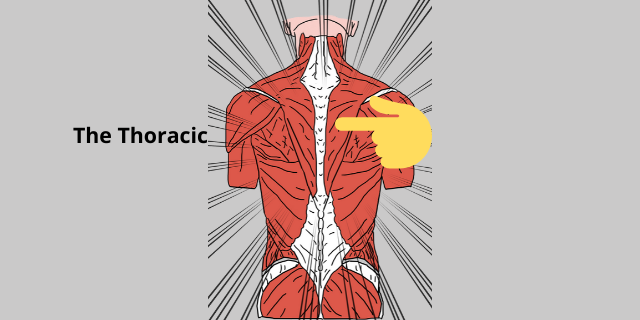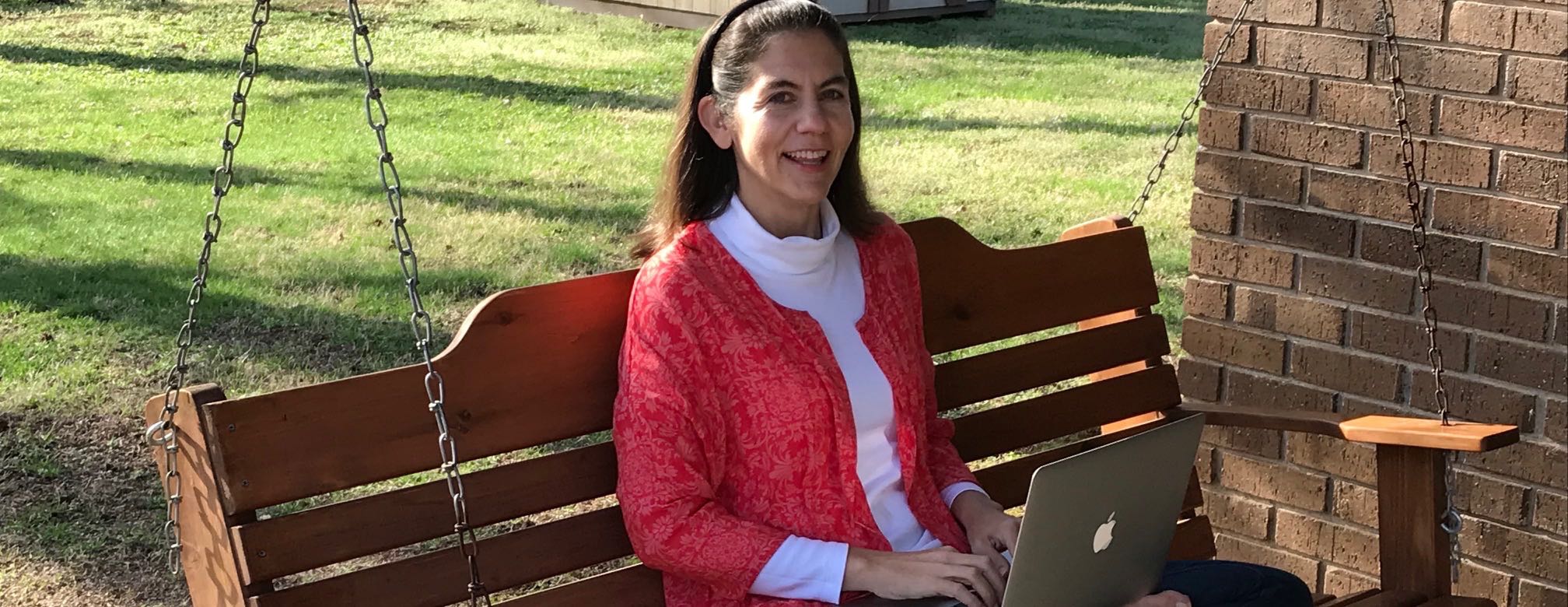
Credit: www.pixabay.com
Welcome to the fifth instalment of my blog series based on the book I recently read, Your Spine, Your Yoga, by Bernie Clark.
Your Spine, Your Yoga is divided into five chapters: the axial body, the sacral complex, the lumbar, the thoracic and the cervical complex.
This post is dedicated to the chapter on the thoracic segment.
The thoracic has two functions: to transmit forces between the top and bottom halves of our bodies and it allows us to breathe.
The Thoracic as Transmitter: The thoracic portion of the spine is referred to as the upper back and is located between the shoulder blades. There is a natural curve in this portion of the spine called kyphosis. This word means ‘humpback’ in Greek, so it’s rather fitting, wouldn’t you say? We humans can round or flex the thoracic a bit, but when extending the thoracic it can never extend past flat. This is evident when in Upward Dog Pose (Urva Mukha Svanasana). Some people try to compensate by drawing the head back and arching the cervical spine, but all this does is put strain on the cervical spine and does absolutely nothing for the thoracic in Upward Dog Pose.
The thoracic can twist better than it can flex or extend all thanks to the ribs that are attached to this portion of the spine. Typically, women will have greater range of motion than a man when it comes to twisting because the angle of a man’s ribs has a tendency to tilt toward the back. Add to that, the fact they have longer spinous processes, (the knobby bits that run down the spine), therefore, they simply don’t have as much space in the back to twist and turn.
For me, I’ve always been rather tight in this area and maintaining mobility is a challenge for me let alone increasing mobility. Because of a previous shoulder injury, I’ve learned first-hand how important it is to maintain mobility as well as strength and stability because thoracic health is key in having healthy shoulders, shoulder blades and arms.
Yoga poses such as Downward Facing Dog Pose (Ardho Mukha Svanasana), Chataranga, Dolphin Pose and quite frankly, all inversions, require a strong and stable thoracic. Many Yoga students wrongly believe that if they have toned Popeye-looking arms that they can do all kinds of poses while upside down and on their hands. What they need to realise is that the back, or better said, the muscles that surround the thoracic, shoulder blades and ribs must be conditioned as well…and don’t forget those core muscles too!
Hyperkyphosis or Dowager’s Hump causes the ribs to curve downward. People with hyperkyphosis have a decreased lung capacity and will lose centimetres in height. This affliction can be caused by an array of issues such as loss of bone density, congenital defects or a chronically flexed posture.
Yoga postures that target hyperkyphosis include poses to strengthen the back such as Locust Pose (Salabhasana) and Side Plank Poses (Vasisthasana). Chest openers are also good, such as lying back over a bolster or foam roller and holding this position for minutes at a time to stretch the pectoral muscles of the chest.
The Thoracic and the breath: If you’ve ever strained an intercostal muscle (the muscles between the ribs) or ever fractured a rib (Yep, I’ve done that.) you most likely have a huge appreciation for the ribs and breathing. Breathing with an injured rib is hard work.
In Yoga, pranayama (breath work) nurses the thoracic cavity which includes the lungs, ribs and diaphragm. As we age, it’s vital to keep up with breath work in hopes of maintaining a healthy lung capacity.
Aging causes the cartilage in between the ribs to stiffen, muscles in the area become less elastic and the ribs become more elevated. By the time you’re in your 70s/80s, the ribs have lifted upward by approximately seven degrees. It’s as if they’ve become more horizontal. This makes older people more prone to respiratory issues as well as broken ribs from falls.
What can you do about this? Extend the exhale! Older adults still have ability or ease when it comes to inhaling, but it’s the exhale that becomes more challenging. Try a 1:2 breath count. For example, if you inhale for two counts, do a four-count exhale. It also helps to place one hand on the sternum and one hand on the lower ribs and actually feel those muscles pulling downward on the exhale and think about all of that air leaving the body. An added bonus is that exhaling triggers the parasympathetic nervous system which promotes a sense of calm.
Do you have any insight on Yoga and poses that nourish the thoracic spine? Please leave a comment below if you would like to share.
If you are dealing with shoulder, hip or back issues, feel free to contact me for a private, in person or online Yoga session where we can discuss your needs and I can design a Yoga plan uniquely for you.
